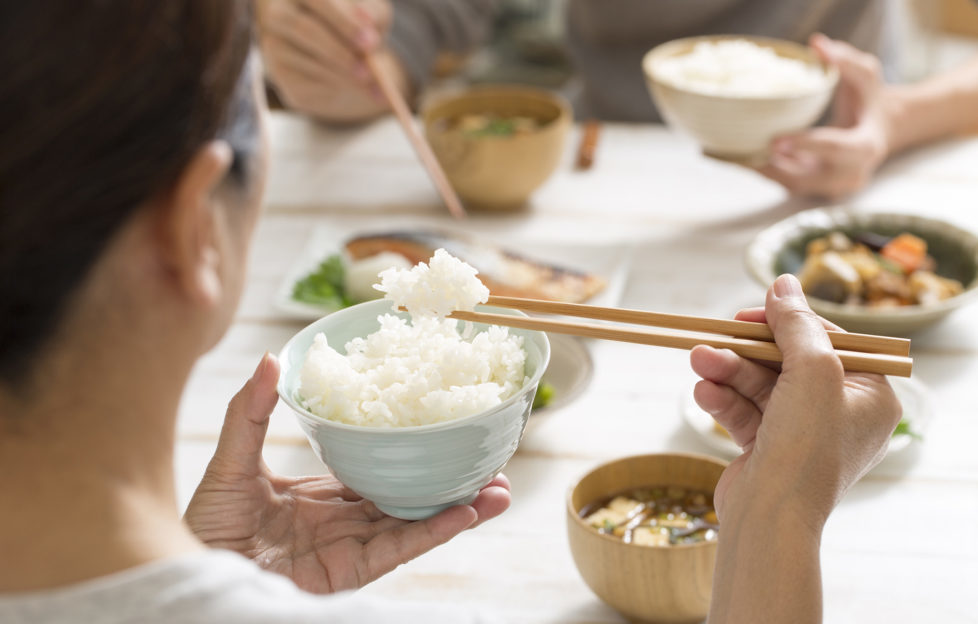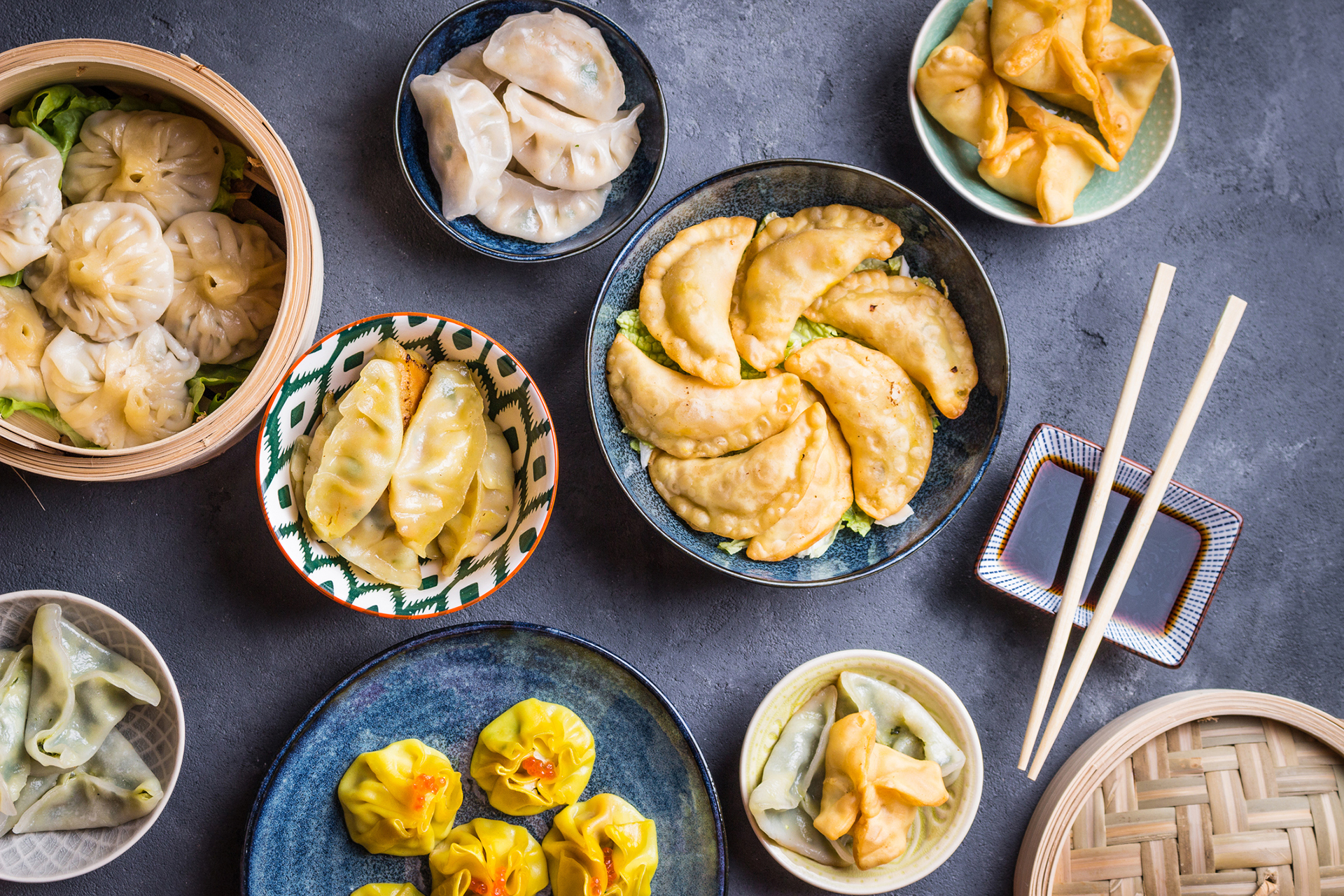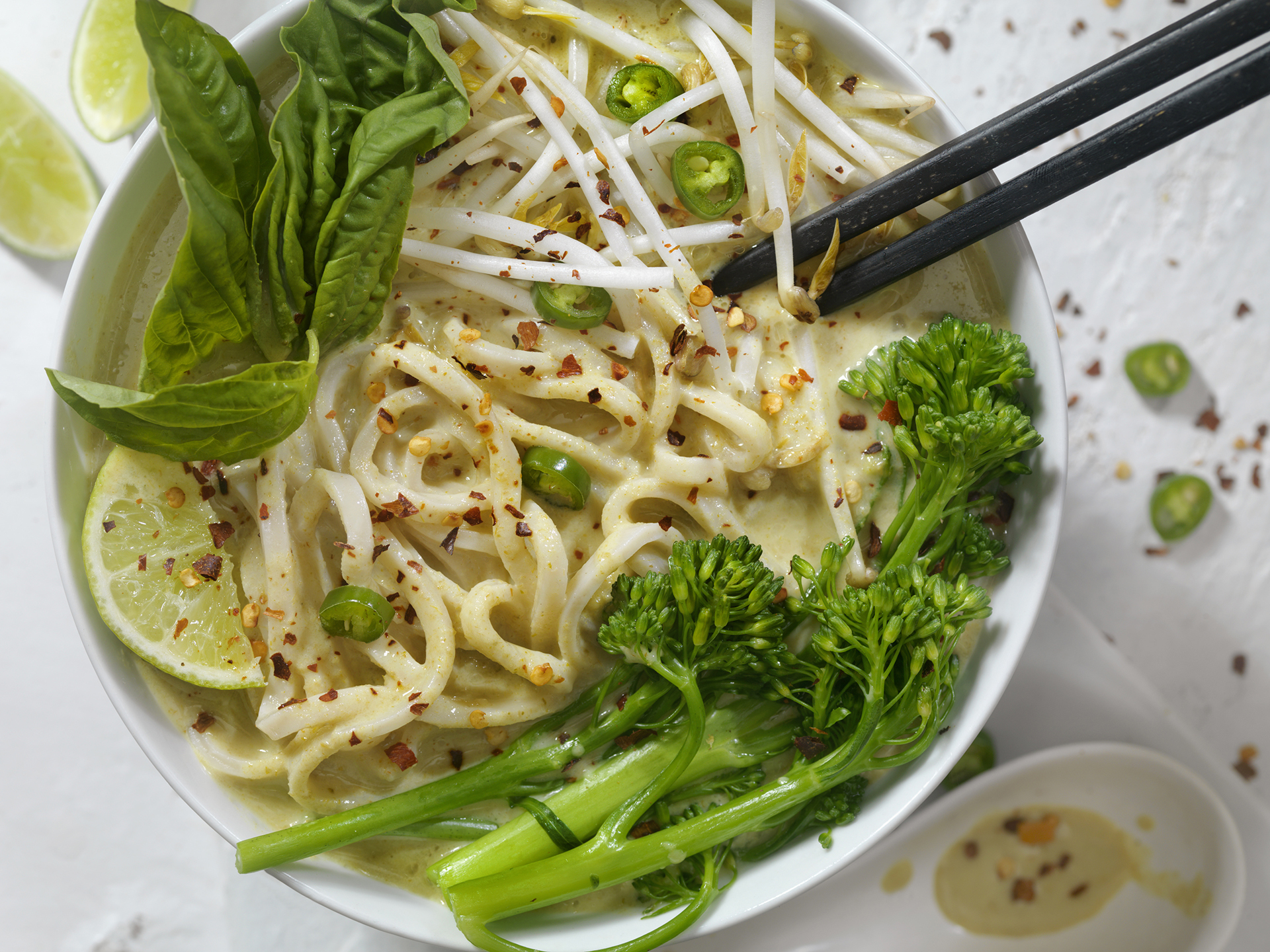Mindful Eating – A Dish of Asian Zen

Constantly reaching for just one more chocolate from the box? Mindlessly grabbing that very last handful of sweeties from the bag? Mindful eating can help with that!
This dishy Asian concept is a prominent part of Asian dining culture and easy to incorporate into everyday life. It’s a practice that will help reduce stress and snacking, teach you to savour flavours and enjoy healthy, balanced portions.
Integrative Nutrition Health Coach, Amy Wright working with itsu, the healthy pan-Asian eatery, reveals how and why we should embrace Asian culture in our quest to mindful eating.
Portion Perception
When it comes to portion size in the Western world, bigger is better – though so are the average waistlines. Research shows that we tend to “eat with our eyes” and our bodies enjoy seeing food, hence the phrase “eyes bigger than your stomach!” The ability to forage and search for nutritious foods is one of the brain’s most ancient important functions, and as humans we rely primarily on our vision to find foods we are familiar with. Research also shows that the way food is plated (presented visually) has an influence on people’s flavour perception and consumption behaviour.
In a recent study, half of the participants unknowingly consumed soup from a self-refilling bowl and ate 73% more but did not perceive themselves as any more satiated than those eating the normal portion size from the normal bowl.
TIP: It’s Asian custom to use smaller bowls than the typical Western dinner plate and chopsticks are also utilised, which may slow down the eating speed. Try switching your huge plate for a smaller dish, taking smaller mindful bites and visually devouring your food as you enjoy it.
Saying Grace
Many cultures and religions around the world practise sacred rituals surrounding food and mealtime. A deep respect for food and practising thankfulness for its nourishment are part of many Asian cultures, including Buddhism. Some Buddhists say a prayer before dinner to acknowledge where the food comes from and express gratitude for the meal.
TIP: Even if you don’t want to say a prayer or give thanks aloud, we can all incorporate this mindful practice by taking a moment to think about where our food has come from.
Plant Power
Meat is undeniably the mealtime superstar in western cultures. Conversely, the Asian diet, although variable across the continent, is largely centred on plant foods; vegetables, whole grains, fruit and moderate amounts of lean protein.
Meat is often served as a side element, whilst vegetables, soy products, spices and soups take the main stage. With abundant research pointing to the health and sustainability benefits of a plant-based diet, being mindful of our meat consumption and exploring new ways to incorporate plant-based protein onto our dinner plates are essential.
I enjoy the itsu Humble Warrior [£5.79], which has baked, not fried, quinoa & sweet potato falafel, nutrient dense avocado, seed & veg salad, sushi rice with low fat green herb dressing.
TIP: Try doing a “Meat Free Monday” or exploring with some new spices and ingredients, which emulate the flavours of your favourite meaty dishes.
Food As Medicine
In China, food is considered as medicine and therefore foods are often eaten for their specific medicinal qualities. For instance, ginger is believed to heat the blood and is favoured by those with anaemia, whereas aubergine is believed to heat the blood and may be eaten by those with high blood pressure. Balancing the condition of the body is often sought through mindful food choices. In the Western world, many people are concerned with convenience food and the calorie content, rather than the integrity and quality of the food.
TIP: Instead of looking for the cheapest, low-calorie meal, try asking yourself mindfully “What food could I eat today that will nourish me, balance my energy or optimise my body in its current condition?” Another mindful practice I use with my health-coaching clients is dissecting the wisdom of their cravings. I encourage them to take a moment and ask themselves, “What is my body really craving today?” The body has an innate wisdom and will communicate its needs if we take a slow moment to tune in and really listen.
Zen Vibes
Mindfulness customs have permeated Zen culture for centuries. Zen isn’t necessarily about sitting on a pillow trying to rid ourselves of thoughts. Zen is an attitude that permeates every action from showering, to cooking to working to eating. Every behaviour and activity is part of Zen. Simply stopping to be present in the moment is a mindfulness practice and this is especially pertinent during a meal. In our busy modern lives, we tend to rush our food between commitments, ‘stress eat’, skip meals or rarely stop to savour the flavour. Food is often an afterthought or something we “do” whilst we are doing something else that doesn’t require hands!
TIP: Instead of scrolling through your phone or watching TV, switch off and observe your food, noting the flavours, textures, feelings and thoughts that arise in you. You could also try a silent dinner if you are eating with a partner or family.






